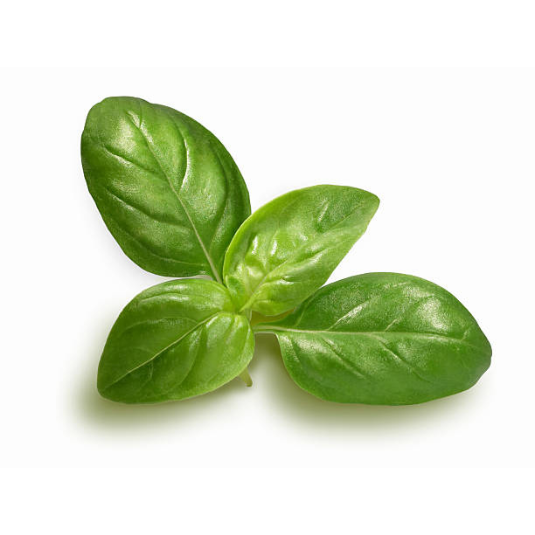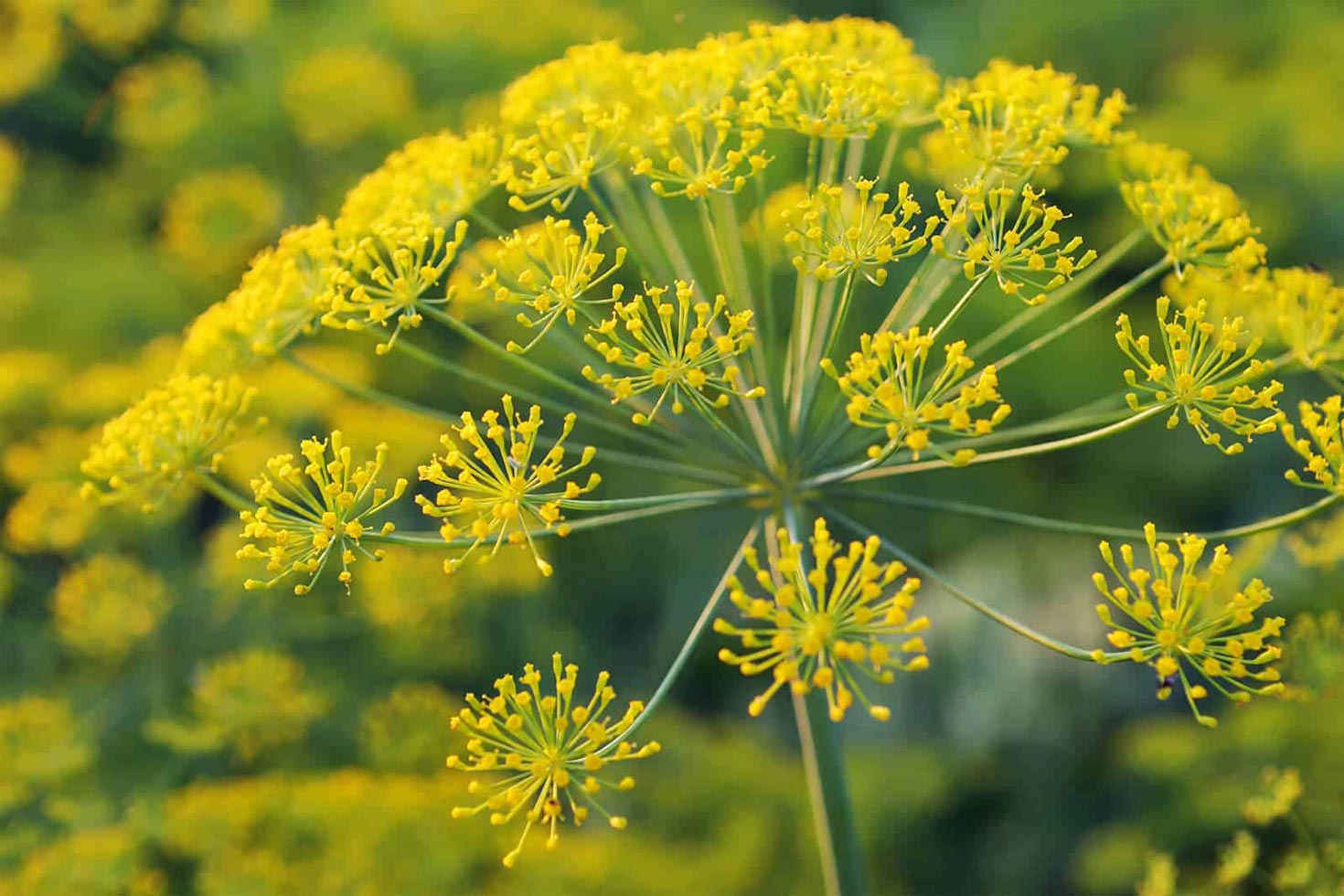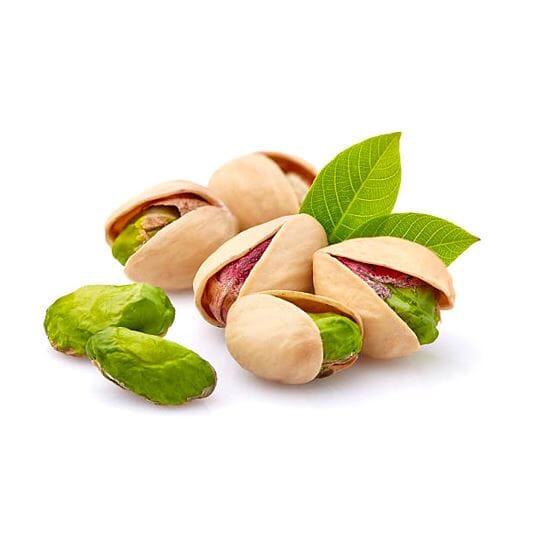Our bamboo fragrances
Bon Parfumeur is a 100% French company that offers a wide range of fragrances for all tastes, for men and women. Among the many ingredients we use, we find the scent of bamboo in the 802 eau de parfum with peony, lotus, and bamboo. Like waking up in a Japanese garden. Lotus flower and bamboo combine for a Zen and plant-like freshness. Crafted around a floral bouquet of freesia, peony, and osmanthus, this fragrance reminds us of the scent of morning dew. The airy musks prolong this bubble of softness.
What does the word bamboo mean?
The etymology of the word "bamboo" dates back to the Portuguese "bambu," which itself comes from the Malay "mambu" or "mambu-kayu." The Malay term "mambu" specifically refers to bamboo, a grass of the Poaceae family.
In the beginning…
Bamboo, a majestic yet versatile plant, has a history and origin deeply rooted in different cultures around the world. Native to Asia, this unique grass has been present for thousands of years in traditions and daily practices. In China, bamboo is revered for its strength, flexibility, and rapid growth, symbolizing resilience and longevity. It has been used for building homes, making tools, musical instruments, and art objects. Bamboo has also played an important role in Zen philosophy, representing humility and simplicity. Today, bamboo is valued worldwide for its sustainable, eco-friendly nature and is used in diverse fields such as architecture, design, fashion, and even cuisine. Its history and continued use are a testament to its cultural value and remarkable legacy.
DID YOU KNOW? Bamboo is known for its extremely fast growth. Some species of bamboo can grow up to one meter per day, making it one of the fastest-growing plants in the world!
Bamboo cultivation
Bamboo is cultivated and widespread in many regions of the world, including Asia (such as China, Japan, India, Indonesia), South America (such as Brazil), Africa (such as Ethiopia, Nigeria), and Oceania (such as Australia). Each region has specific bamboo species adapted to its climate and growing conditions.
The process of planting, growing, and harvesting bamboo begins with selecting a variety suited to the local climate and conditions. Bamboo stalks, called culms, are typically planted in well-drained, fertile soil. Once planted, the young shoots require adequate irrigation and careful attention during their initial growth phase. Bamboo is a resilient plant that grows quickly, often reaching its full size within a few years. After a maturation period, the culms ready for harvest are cut at the base, preserving the roots to allow for new growth. Harvesting is typically done selectively, removing only mature culms. Bamboo thus offers a sustainable and renewable material for a variety of applications, from construction to furniture, crafts, and even food.
The different species of bamboo?
There are over 1,500 species of bamboo found worldwide. Here are some of the most common bamboo species:
• Moso bamboo (Phyllostachys edulis): Native to China, this is one of the most economically important bamboo species. It is used in construction, furniture making and musical instruments.
• Giant bamboo (Dendrocalamus giganteus): Native to Southeast Asia, this is one of the largest species of bamboo. It is valued for its strength and is used in construction and furniture making.
• Black bamboo (Phyllostachys nigra): Native to China, it is distinguished by its black culms. It is often used in landscaping and interior decoration.
• Golden bamboo (Phyllostachys aurea): Native to China and Japan, it is prized for its golden yellow culms. It is commonly used in ornamental gardens.
• Sacred bamboo (Bambusa vulgaris): Native to Asia, it is considered a sacred plant in some cultures. It is used in construction, musical instrument making, and basketry.
However, no specific bamboo species is commonly used as a direct ingredient in perfumery. However, some perfumes may draw inspiration from the fragrance and atmosphere associated with bamboo by using green, vegetal, or woody notes to recreate this fresh and soothing ambiance.
UNUSUAL! Because bamboo is low in nutrition, a giant panda needs to eat about 12 to 38 kg of bamboo per day, up to 40% of its weight!
Good to know!
Bamboo offers many benefits and virtues. It is a sustainable resource, regenerates quickly, and helps combat deforestation. It has antimicrobial, hypoallergenic, and breathable properties, making it an ideal material for textiles and bedding products. Additionally, bamboo is used in traditional medicine for its anti-inflammatory, antioxidant, and regenerative properties.
What did you know about bamboo in perfumery?
When we think of bamboo, construction and crafts are the first areas that come to mind. However, bamboo also offers a unique and prized essence for creating perfumes.
Bamboo has a subtle and fresh olfactory note, often described as green, vegetal, and slightly woody. It can be combined with other ingredients to create harmonious and captivating olfactory accords. Here are some examples of olfactory accords commonly used with bamboo in perfumery:
• Bamboo-Lotus Flower Accord : By combining the freshness of bamboo with the delicacy of the lotus flower, we obtain an accord evoking serenity and purity. This accord creates a soothing and slightly aquatic ambiance.
• Bamboo-Lime Accord : The combination of bamboo with the liveliness of lime creates an energizing and refreshing accord. This accord brings a sensation of zesty freshness ideal for summer and revitalizing compositions.
• Bamboo-Ginger Accord : By combining the freshness of bamboo with the spicy warmth of ginger, we obtain a contrasting and dynamic accord. This accord evokes a combination of vegetal freshness and spicy warmth, creating an invigorating and energetic fragrance.
• Bamboo-Musk Accord : The combination of bamboo with the softness of musk creates an accord that is both fresh and sensual. This accord combines the vegetal freshness of bamboo with the warmth and softness of musk, giving rise to a balanced and elegant composition.
• Bamboo-Vetiver Accord : Combining bamboo with the earthy richness of vetiver creates an accord that evokes nature and woody freshness. This accord offers a balanced combination of the vegetal freshness of bamboo and the olfactory depth of vetiver.
These olfactory accords allow you to explore different facets of bamboo in perfumery, creating harmonious and captivating compositions that highlight its characteristic note. Each accord brings a unique nuance and allows for varied olfactory experiences.
Some legendary bamboo fragrances…
At first glance, bamboo isn't a very popular ingredient in perfumery: do you find bamboo in Yves Saint Laurent, Jean Paul Gaultier, Paco Rabanne, or Estée Lauder? The answer is obviously no, but other companies are using it more creatively than others. Here are some bamboo perfumes that might interest you:
• Wanted Girl Tonic by Azzaro is an invigorating and sparkling eau de toilette that captures the energy and boldness of the modern woman. With its fruity and floral notes, combined with woody and musky accents, it offers a refreshing and sensual olfactory experience, perfectly suited to women in search of adventure and seduction.
• Bamboo de Weil is a delicate and persistent fragrance that embodies independence. With a lively top note of Sicilian mandarin, it evolves into a complex floral heart of jasmine, tea rose, ylang ylang, and tuberose. Its warm, woody base, composed of sandalwood, oakmoss, and bumblebee vetiver, gives it a timeless and eternal character, making Bambou a balanced and refined olfactory experience for those seeking a fragrance that is both discreet and unforgettable.
• Bamboo Harmony by Killian is a refined fragrance that captures the soothing and harmonious essence of bamboo. With its fresh, vegetal notes, this scent evokes a sense of calm and serenity, creating a soothing and balanced olfactory experience.












